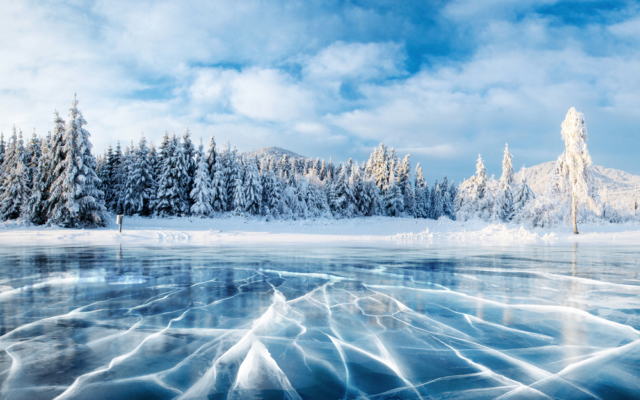It has long been believed that ice becomes slippery due to the pressure from shoes or skis, which melts the thin surface layer, and also due to friction. However, a new study by scientists from Saarland University challenges this idea.
Advertising
It turned out that ice sliding is caused not by pressure or friction, but by the interaction of molecular dipoles of water in ice with materials, such as shoe soles. Water is a polar molecule with partial charges, forming an ordered crystal lattice in ice.
When in contact with the surface of the sole, the orientation of the dipoles is disrupted, forming “frustrated” interactions that destroy the order and create an amorphous, liquid-like film. It is this that causes sliding even at low temperatures – down to -40 °C, where lubrication was previously thought to be impossible.
